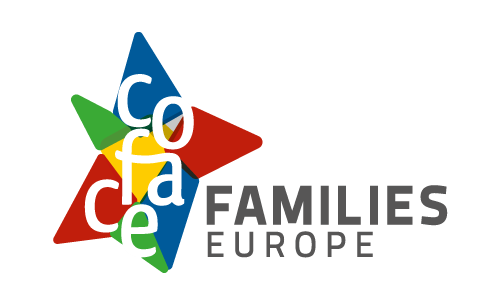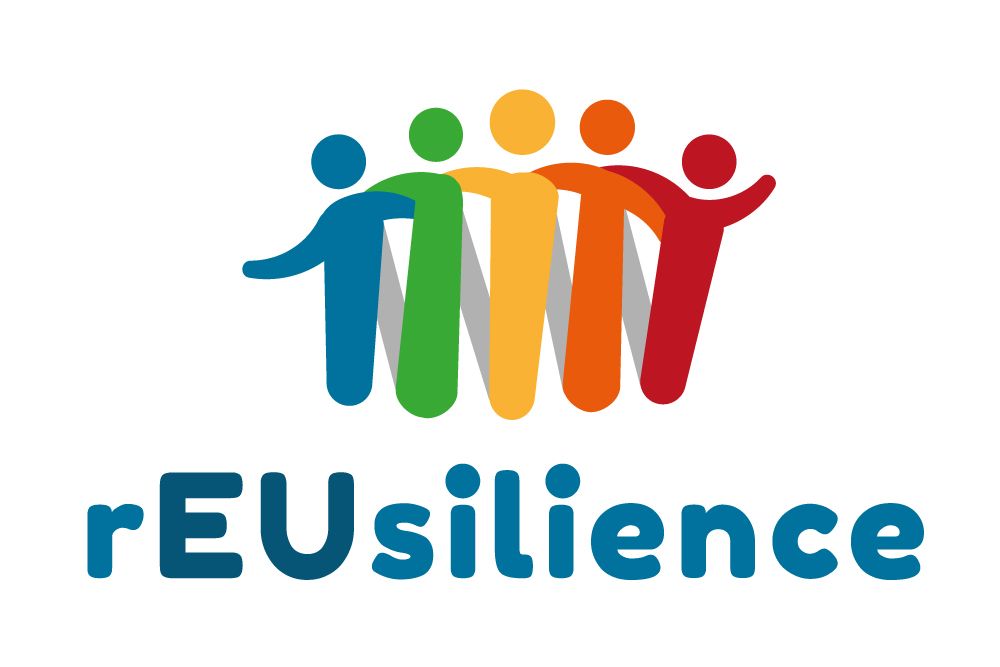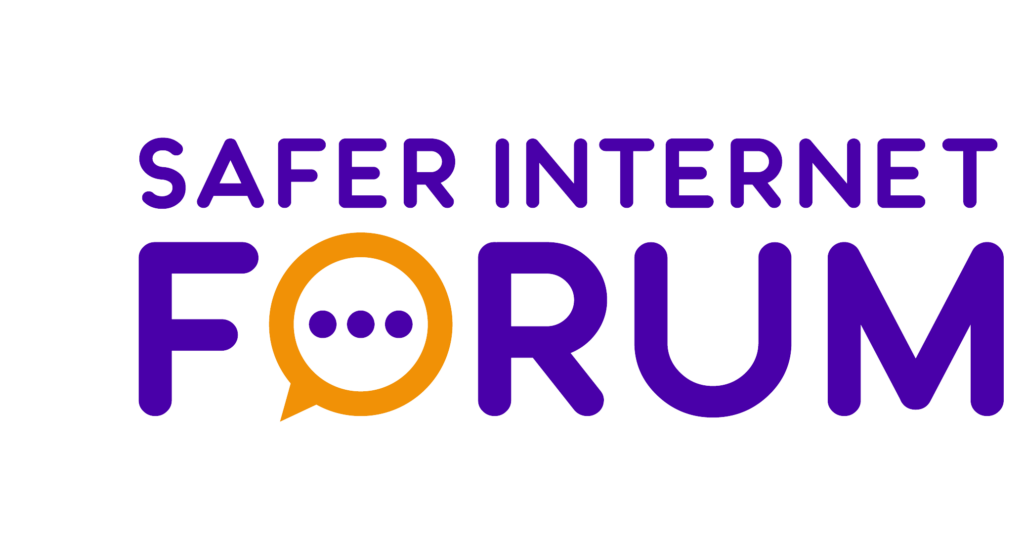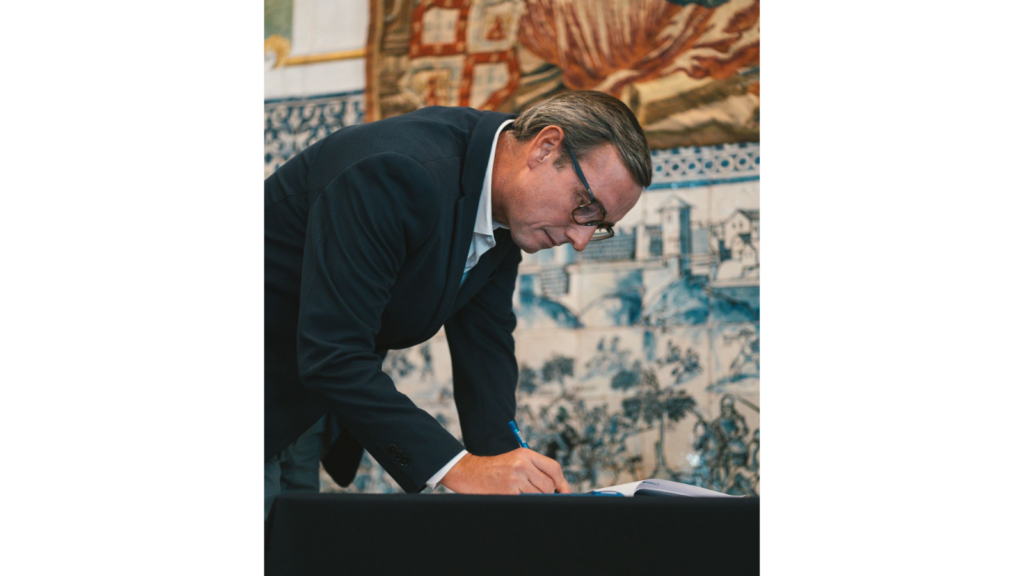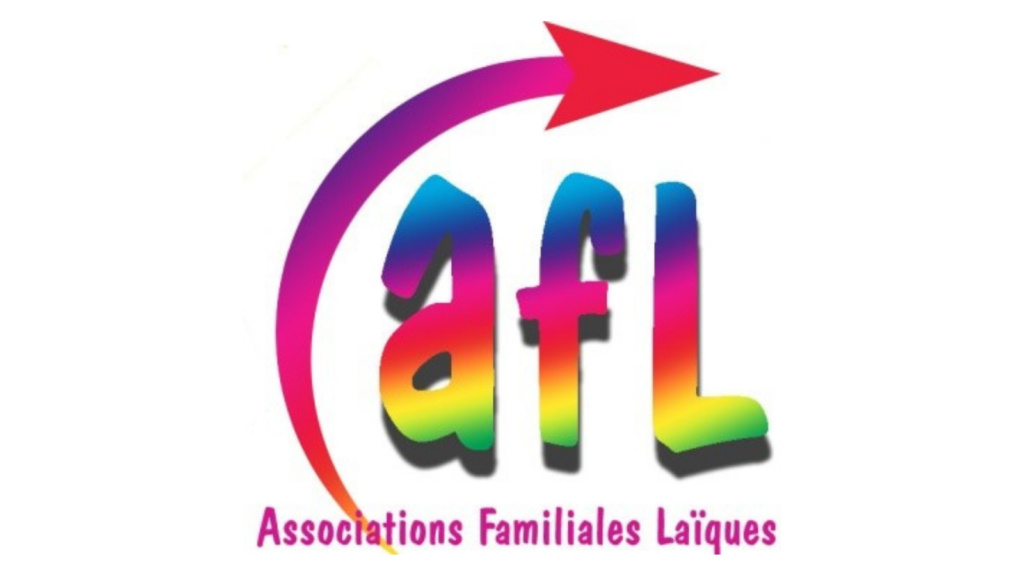This paper explores the concept of policy labs (or policy innovation labs, public innovation labs, i-labs) as an innovative tool in collaborative policy development. One example of a policy lab in practice is that of the rEUsilience project, with COFACE as an internal partner. The aim of this piece is to review the approaches to and key characteristics of policy labs and present the rEUsilience Policy Lab as a case study.
Policy Labs are designed and promoted as initiatives aimed at fostering innovative policymaking in the public sector. They have been defined as “multi-disciplinary government units using a range of innovation methods, including design, to collaboratively engage users and stakeholders in service and policy development.” (Whicher 2021: 253). Traditionally, policy or policy innovation labs consist of multiple stakeholders and typically adopt multidisciplinary, often participatory, approaches (Tõnurist et al. 2017; Brock 2021). Across different definitions of and approaches to the policy labs, there is an underlying emphasis on creating new information or developing solutions in ways that are not necessarily found in typical handbooks but can only blossom in collaborative settings. Labs offer a meeting ground for experts from various fields, such as academia, NGOs, the government, and the private sector, to tackle specific policy problems or areas.
Read more here.

